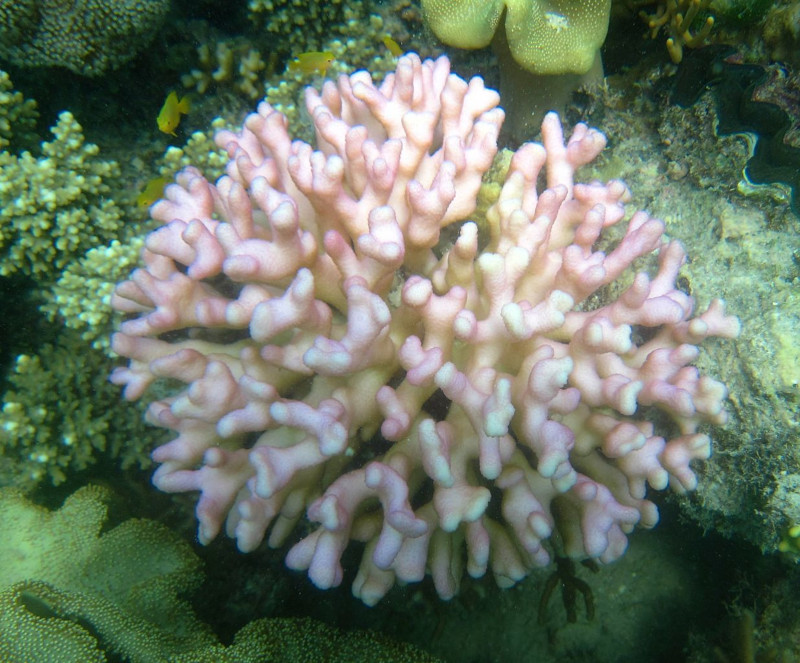
Hood Coral Facts
- The unusual name of Hood Coral serves as one of the common names for one of the best known varieties of coral. Yet that’s not the only term it’s known by. In point of fact, it also goes by the other common name of the smooth cauliflower coral.
- Among scientists, though, it’s better known by its official name of Stylophora pistillata. But regardless of the term one chooses to use, it remains an important species in some ways. Perhaps chief among these is its frequent study by scientists.
- That relative importance to professional researchers exists because it remains highly representative of its kind. As a result of this fact, it forms an important source of information about the effects of certain factors on marine life, including corals.
- Those factors threaten the Hood Coral just as much as they do other species in the oceans. These include such factors as habitat loss and, of course, the dangers of climate change. As a result of its specific situation, the IUCN classifies it as Near Threatened.
Related Articles
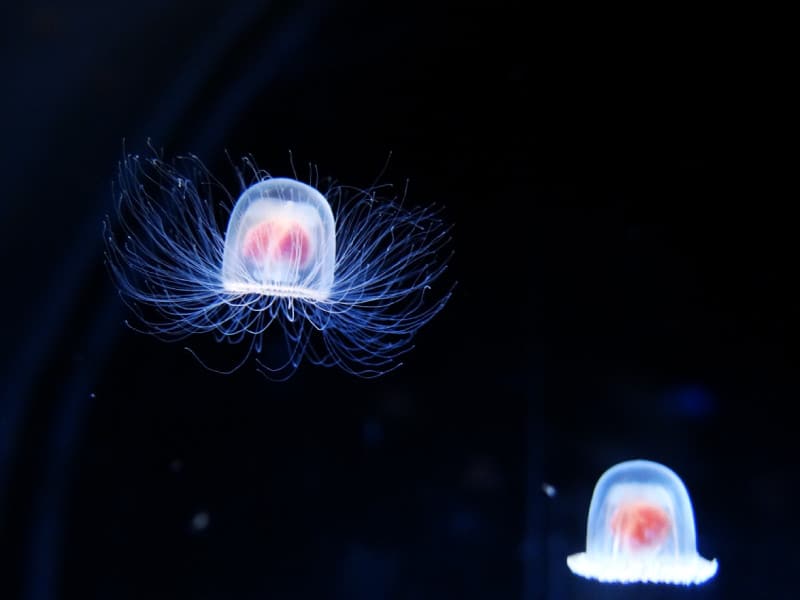
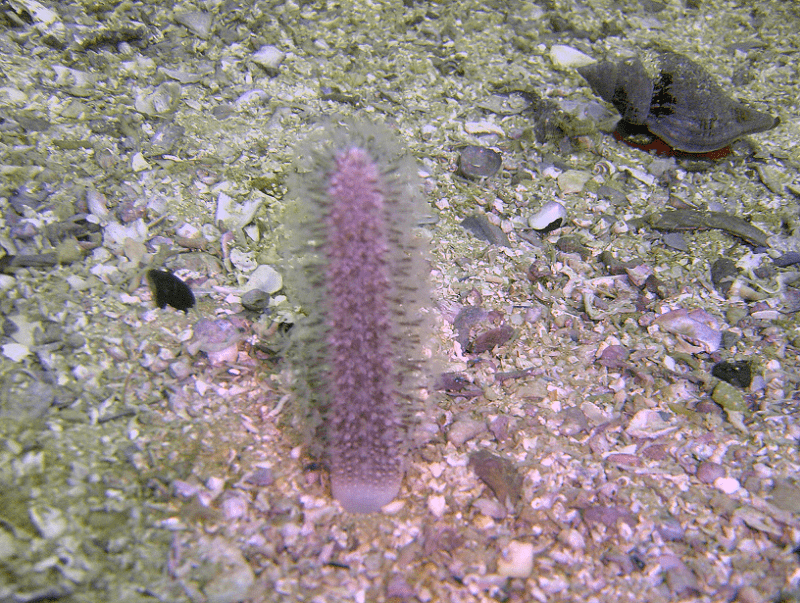
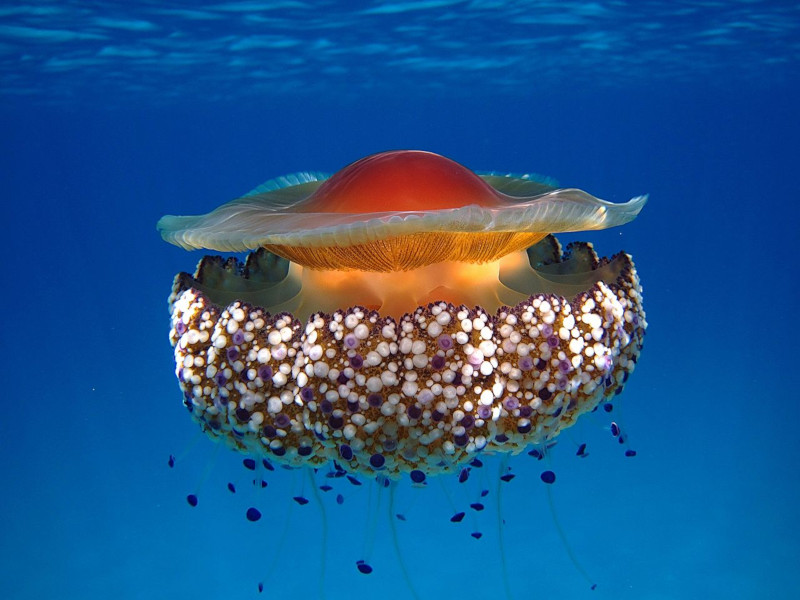
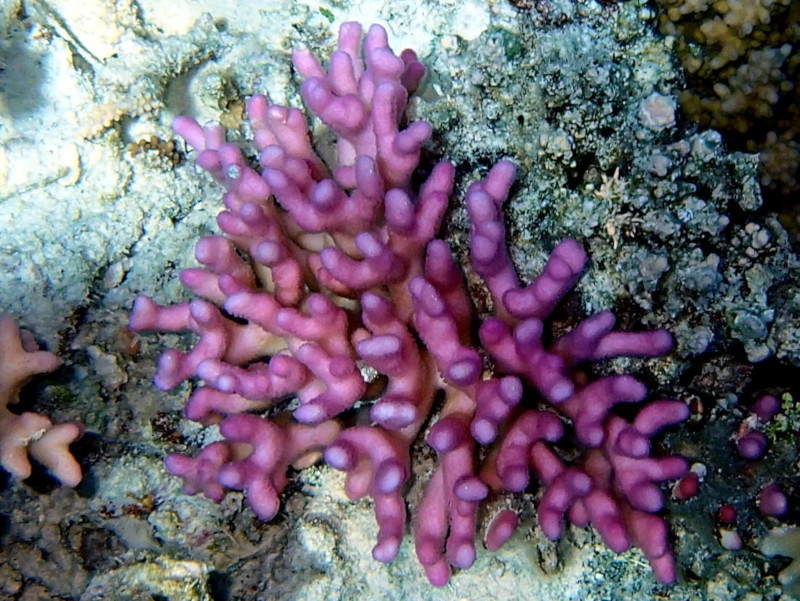
Hood Coral Physical Description
Describing the Hood Coral presents some unique difficulties. That’s due to the remarkable fact that this creature evolved and develops in close-fitting colonies. Individuals themselves remain quite tiny, and sometimes can even be difficult to discern as separate specimens.
The colonies themselves, meanwhile, attain different sizes. But, in this particular species that growth remains comparatively small. In point of fact, most colonies never exceed an overall diameter of 12 in (30 cm). An actual average, though hard to determine, is much less.
Each colony, though, consists of numerous individuals growing close together in a distinct pattern. This consists of somewhat blunt-shaped, broad, vertical stem-like structures called branches. These typically become larger and more massive as they grow in size.
Each individual Hood Coral further produces a hard outer construction. This it produces via excretions from its own body. Within this particular species, such structures typically come in one or more of four colors. These are green, bluish, pink, and occasionally cream.
- Kingdom: Animalia
- Phylum: Cnidaria
- Class: Anthozoa
- Order: Scleractinia
- Family: Pocilloporidae
- Genus: Stylophora
- Species: S. pistillata
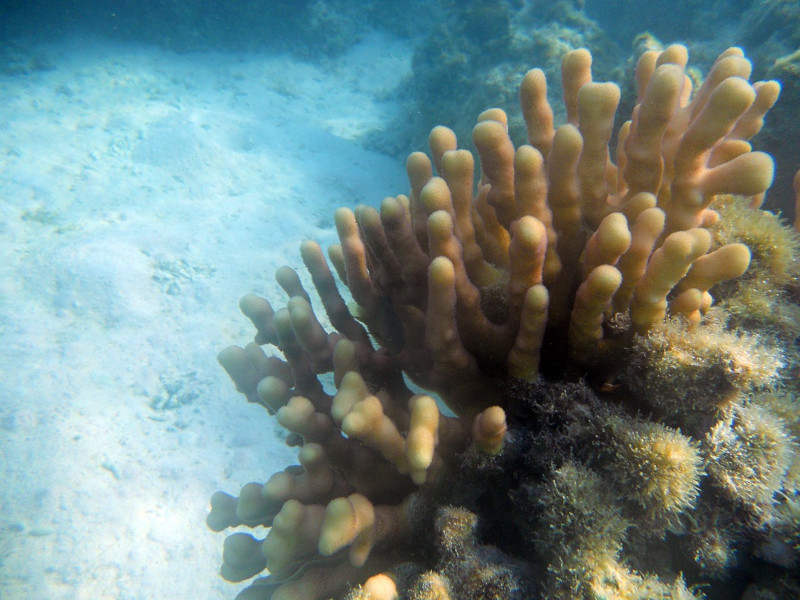
Hood Coral Distribution, Habitat, and Ecology
The remarkable species known as the Hood Coral has a relatively broad area of habitation, compared to related species. In point of fact, this marvel of Nature inhabits an extensive portion of both the tropical and subtropical waters of the Indo-Pacific region of the world.
This inhabited zone also covers a range that begins at one end near Madagascar. From there, it extends through east Africa, the Persian Gulf and the Red Sea. After that, it reaches onward through the Indian Ocean northern Australia, and parts of the western Pacific.
Wherever it appears throughout the entirety of its range, its pattern holds true. This fascinating marine invertebrate evolved as an important reef builder. Plus, like other coral, it inhabits shallow regions. In its case, it rarely appears at depths of more than 50 ft (15 m).
Also like its brethren, the magnificent Hood Coral reproduces via polyps. These emerge from stony cups called corallites, and form solid, elongated columns. With its tiny mouth, it most commonly feeds on zooplankton, with other tiny prey being taken on rare occasions.
This creature itself, meanwhile, often serves as home to various species, who make use of it for shelter and protection. These many species include Trapezia crabs, boring clams, gall crabs, barnacles, date mussels, damselfish, and sometimes the Christmas Tree Worm.
Species Sharing Its Range
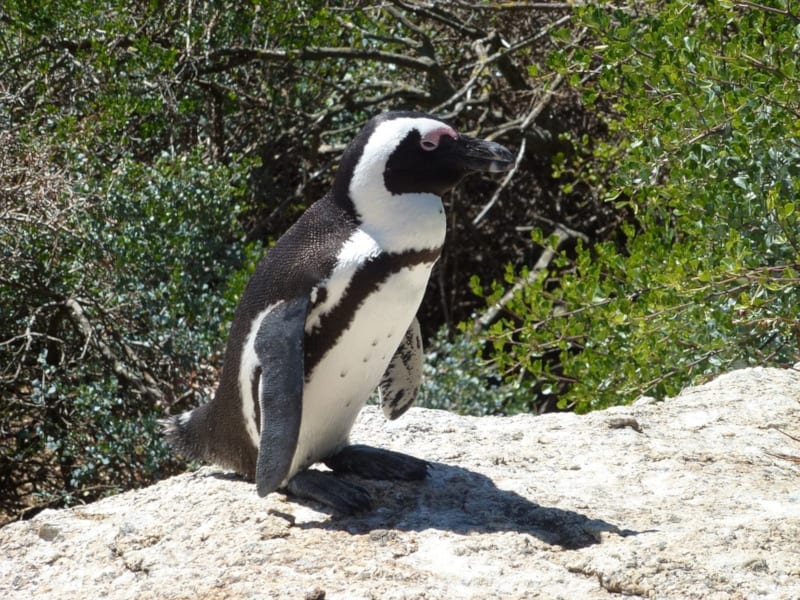
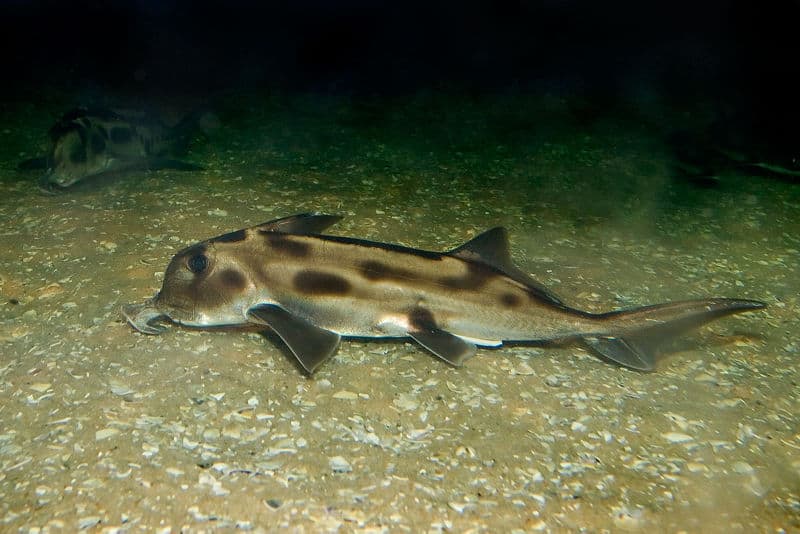
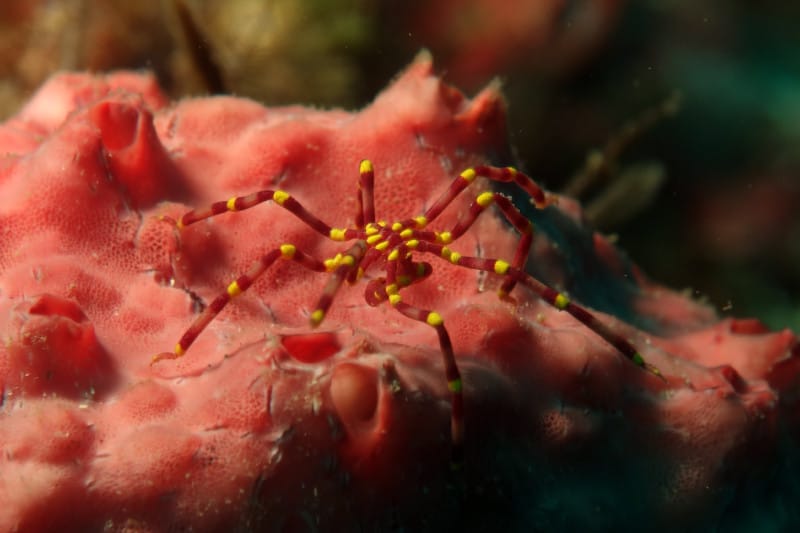
Check out our other articles on 7 Geological Marvels of Asia, Black Rain Frog, Bungle Bungles, Icicle Mushroom, Golden-Handed Tamarin, Knysna Seahorse, Violet Carpenter Bee, Plumed Basilisk









Leave a Reply